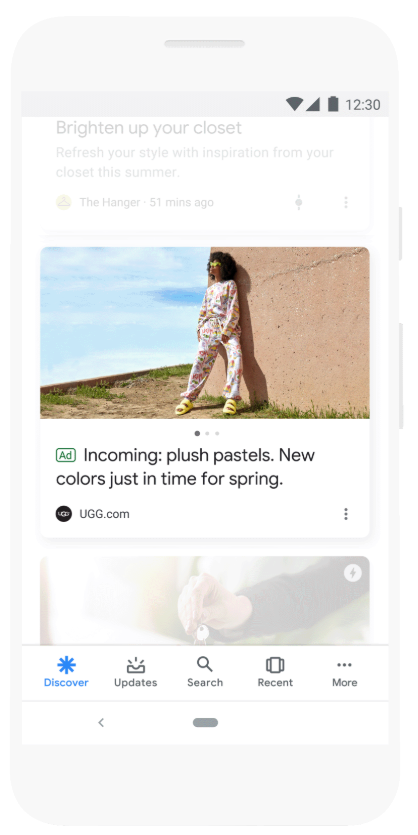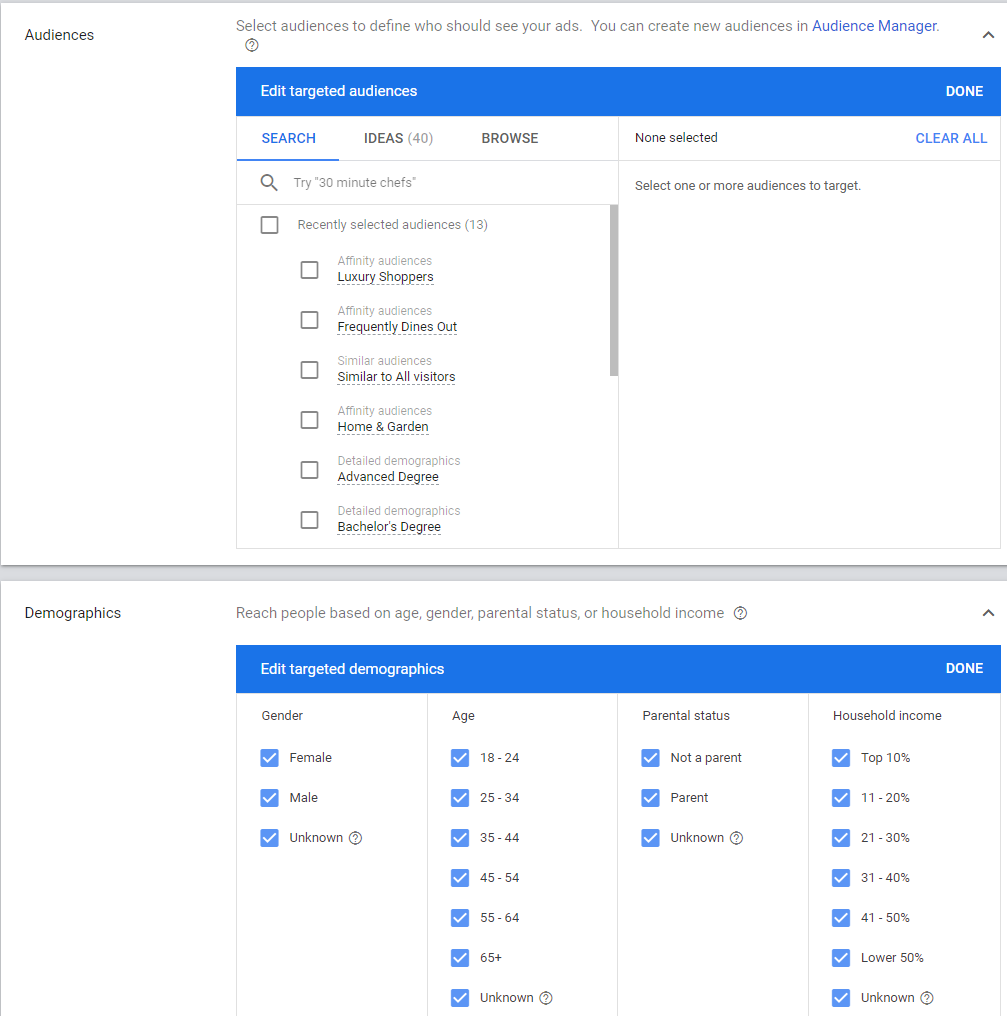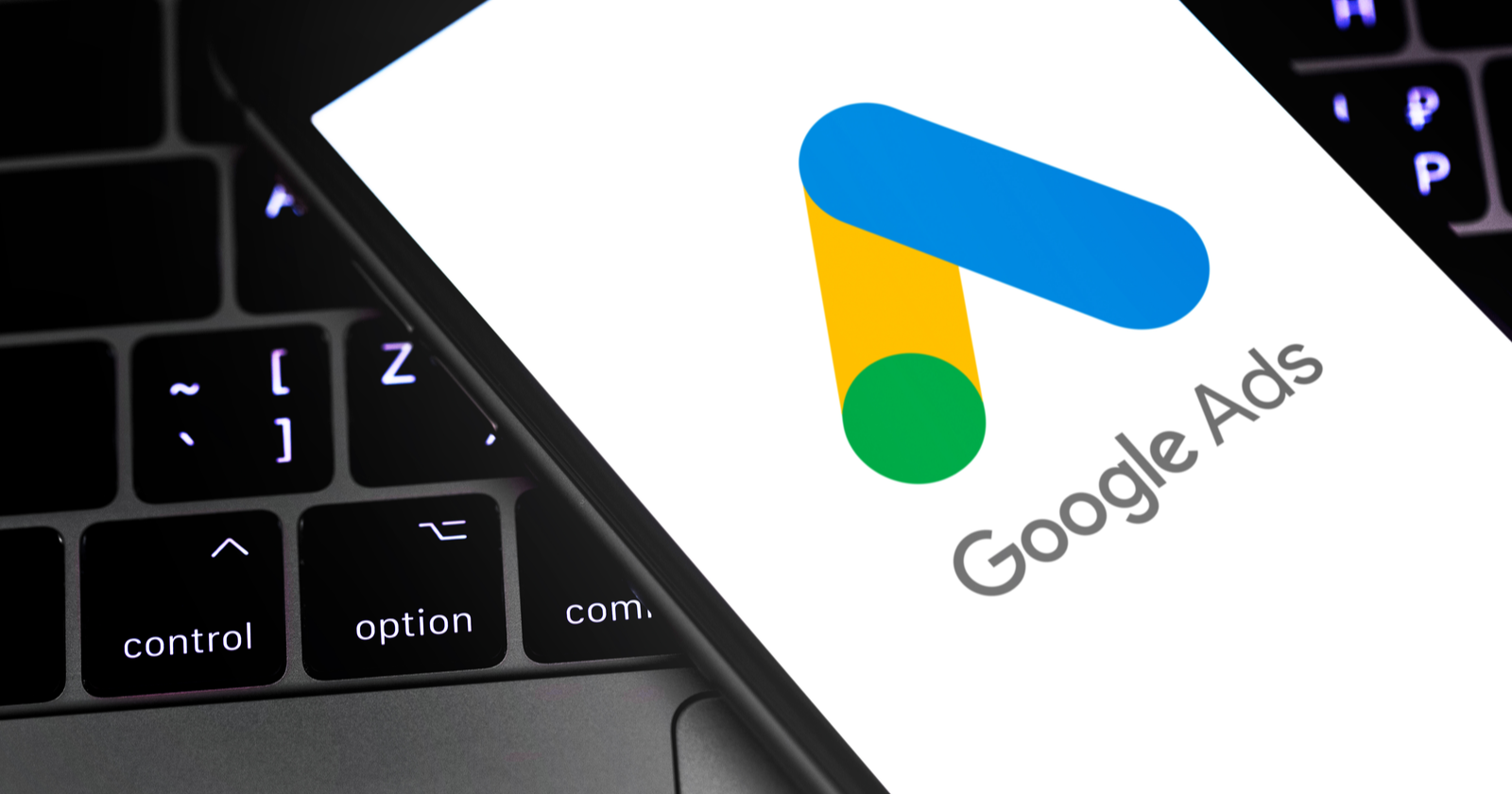In the quest to grab its share of top of funnel ad dollars, Google Ads introduced Discovery ads in 2019 and recently made them available worldwide.
With top of funnel costs rising steadily on platforms like Facebook and Instagram, is the Discovery placement a worthy contender for budget? We spoke with three experts who say it definitely is.
With the demise of Google+, for a few years many media buyers have wondered if Google was throwing in the towel on trying to compete in that arena.
Google Discovery shows that they are not, and furthermore, they don’t necessarily need a social network to make it work, either.
What Are Discovery Ads?
Discovery Ads are a visual ad format that run across the Google Discover Feed (shown on the home page of the Google app or the Google.com homepage on mobile), YouTube home feed, and also Gmail.
The ad look and format changes based on which of those properties it shows up on, but it focuses on large, visually-rich experiences.

For many years, advertisers have relied on Google to deliver things based on searches and intent, leaving audiences and interest targeting to social networks.
Discovery Ads change all that, with the focus being the audience interests first as they browse across the Google universe on multiple surfaces. The targeting reflects this, utilizing behavioral buckets that are also available in their display campaigns.

How Controls Are Different
Those used to refined control in other Google campaign types will notice differences in Discovery campaigns.
The following settings are not able to be used, changed or managed by an advertiser:
- Manual bid strategies
- Delivery method
- Device targeting
- Placement targeting (including exclusions)
- Frequency capping
- Ad rotation
- Contextual targeting
While this level of “let Google handle it” can make advertisers uncomfortable, Google does specify that there are exclusions automatically applied to keep your ads away from content with things like violence and profanity.
Google also automatically assembles ads for the placement type based on copy and assets the advertiser specifies during setup.
Much like their offerings around Universal App Campaigns and Dynamic Search Ads, it utilizes the “set it and forget it” methodology to let Google run it the way it thinks it should be done.
Experts Weigh In: Thumbs Up
This level of hands-off can make both media buyers and the brands they manage very uncomfortable. However, heavy users are finding surprising success with this latest offering from Google.
Amy Bishop, owner of Cultivative Marketing, was one of the skeptics. “Gmail Ads were among the lower performing campaigns for what they were running so I was fairly skeptical of discovery campaigns, as we were told by a Google rep that some discovery campaigns get most of their impressions through Gmail,” she explained.
“We started with our tried and true targets from display and YouTube, and had strong performance nearly out of the gate. It took a few days to ramp up but less than a week and performance was pretty consistent for a new campaign.”
“Our CPLs were around 25% less than that of our other display and YouTube campaigns.” – Amy Bishop, Owner at Cultivative Marketing
Dana DiTomaso, owner of Kick Point, has also seen results consistent with this outcome. “What we’ve seen are very low CPCs (like less than $0.20), and high CTRs (5% and above). Conversion rates are relatively low (usually less than 1%) but because the clicks are so cheap, you’ll still end up with a very profitable cost per conversion.”
What To Look Out For
Both Bishop and DiTomaso note a few specifics that helped them maximize their results.
“Make sure to check the performance by device, we’ve seen situations where we have 0 conversions on computers, tablets, and TVs, but all the conversions on mobile,” notes DiTomaso.
“Remember that Google wants to show big, beautiful, aspirational images — don’t go for the hard sell,” – Dana DiTomaso, Kick Point


